Beneath the hood of every car lies a powerhouse that keeps engines roaring and journeys rolling—the battery. But when that trusty battery finally reaches the end of its life, disposing of it isn’t as simple as tossing it in the trash. Car batteries contain hazardous materials that, if mishandled, can harm the environment and pose health risks. Navigating the proper way to say goodbye to your old battery requires a blend of care, knowledge, and responsibility. In this article, we’ll guide you through safe and environmentally friendly steps to dispose of your old car battery, ensuring you leave no toxic trace behind.
Table of Contents
- Understanding the Environmental Impact of Car Battery Disposal
- Identifying Hazardous Components in Old Car Batteries
- Preparing Your Car Battery for Safe Removal and Transport
- Finding Certified Recycling Centers and Drop-off Locations
- Step-by-Step Guide to Properly Recycle or Dispose of Your Battery
- Tips to Prevent Accidental Leaks and Environmental Contamination
- Q&A
- Key Takeaways
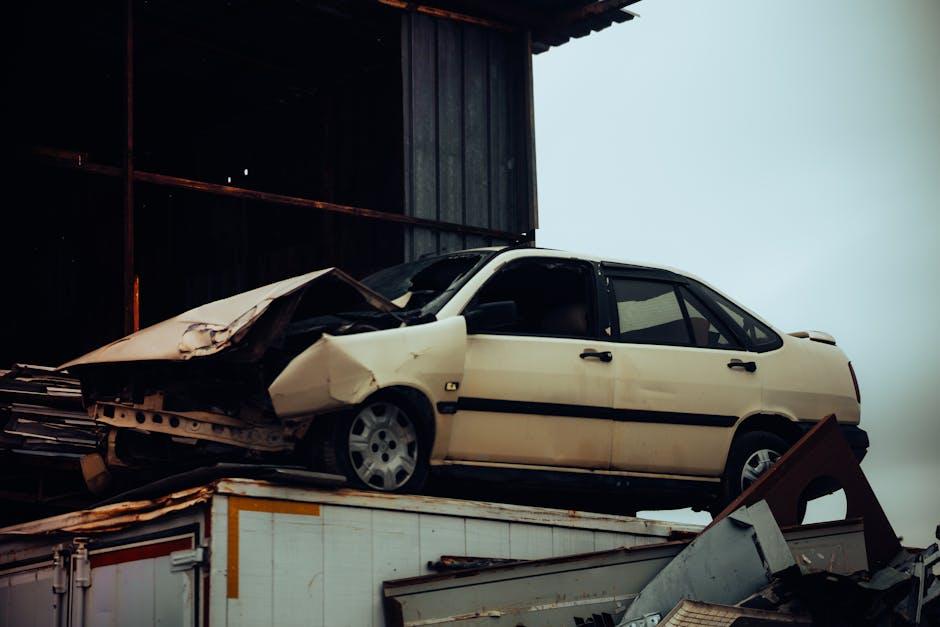
Understanding the Environmental Impact of Car Battery Disposal
Car batteries contain a mix of hazardous materials like lead, acid, and other heavy metals that can wreak havoc on the environment if not disposed of properly. When dumped in landfills, these substances can seep into the soil and groundwater, posing serious health risks to communities and wildlife alike. Additionally, the corrosive acid can cause contamination that lingers for years, affecting plant growth and ecosystem balance. Understanding these dangers highlights why careless disposal isn’t just an individual problem—it’s a collective environmental challenge.
To mitigate these risks, it’s crucial to follow responsible disposal practices that emphasize recycling and containment. Many components of old car batteries are recyclable and can be repurposed, reducing the need for new raw materials and lessening landfill waste. Key environmental benefits of proper disposal include:
- Preventing toxic leakage into natural habitats
- Conserving natural resources through repurposing
- Reducing the carbon footprint associated with manufacturing new batteries
| Hazard | Environmental Effect | Recycling Outcome |
|---|---|---|
| Lead | Soil and water contamination | Recovered for new batteries |
| Acid | Corrodes ecosystems | Neutralized safely |
| Plastic casing | Non-biodegradable waste | Reprocessed into new products |
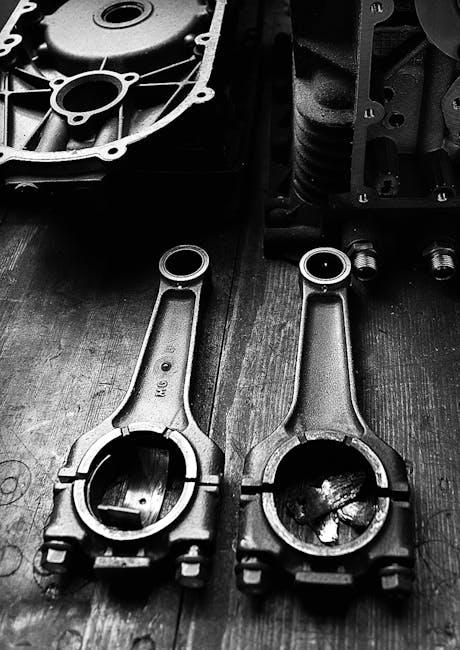
Identifying Hazardous Components in Old Car Batteries
Old car batteries harbor a cocktail of hazardous substances that demand careful handling to prevent environmental damage and personal injury. Among the most concerning is lead, a highly toxic metal that can cause serious neurological and health problems if it seeps into soil or water supplies. In addition to lead, the sulfuric acid inside these batteries is corrosive and can cause severe burns upon contact with skin. Recognizing these components is crucial for anyone looking to dispose of old car batteries responsibly.
Beyond lead and sulfuric acid, several other materials require attention:
- Plastic casing: Though not hazardous, improper disposal contributes to landfill waste.
- Electrolytes: Dangerous to both humans and wildlife if released.
- Metal plates: Contain recyclable metals but can be sharp and hazardous if handled carelessly.
| Component | Risk Level | Handling Precaution |
|---|---|---|
| Lead | High | Use gloves, avoid inhalation |
| Sulfuric Acid | High | Wear eye protection, handle spills immediately |
| Plastic Casing | Low | Recycle properly to reduce waste |
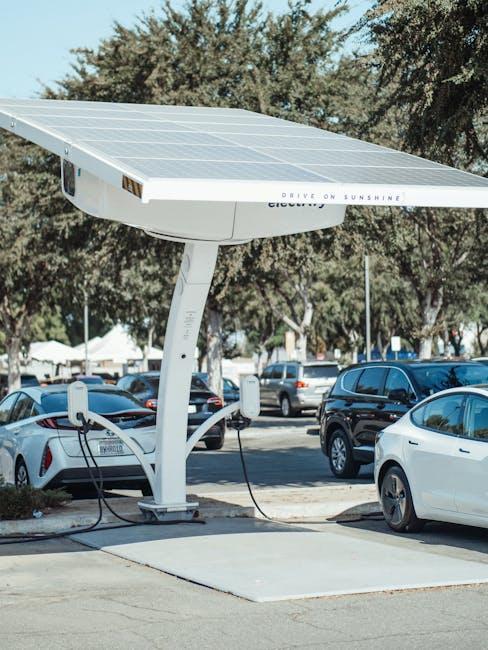
Preparing Your Car Battery for Safe Removal and Transport
Before you lift your car battery out of its nest, it’s crucial to take precautions to avoid accidents and ensure smooth transportation. Start by equipping yourself with protective gloves and safety goggles to prevent any contact with harmful battery acid. Next, disconnect the battery by loosening the negative terminal first—this reduces the risk of short-circuiting. When handling the battery, keep it upright and secure it in a sturdy, acid-resistant container to avoid leaks or spills during transit.
Additionally, take these essential preparatory steps for safe removal:
- Inspect the battery for damage, cracks, or leakage before moving it.
- Clean the terminals gently to remove corrosion, ensuring safe handling.
- Label the battery if storing temporarily, indicating it is hazardous waste.
- Check local regulations on how to transport lead-acid batteries safely.
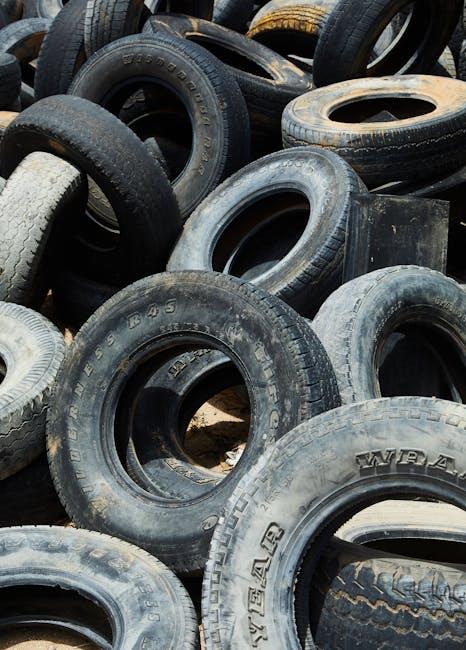
Finding Certified Recycling Centers and Drop-off Locations
Proper disposal starts with locating a reputable place that handles old car batteries with care. Certified recycling centers and authorized drop-off points specialize in safely processing hazardous materials, ensuring environmental protection and compliance with regulations. To find these locations near you, consider using online databases provided by local government websites or national environmental agencies. Another convenient method is to ask at automotive repair shops, dealerships, or retail stores that sell car batteries, as many offer recycling programs or can direct you to the nearest facility.
Before heading out, it’s helpful to verify the center’s certification status and accepted materials, which safeguards against improper handling. Here’s what to check for when selecting a drop-off spot:
- Certification badges from environmental authorities or recycling associations.
- Clear signage indicating battery acceptance and safety protocols.
- Convenient hours to fit your schedule, including weekends or after-work times.
| Facility Type | Services Offered | Example Locations |
|---|---|---|
| Recycling Centers | Full battery recycling and hazardous waste disposal | Local government centers |
| Auto Parts Stores | Battery trade-in and drop-off for recycling | National chains & regional outlets |
| Dealerships | Battery exchange programs with recycling partnerships | Authorized brand dealers |
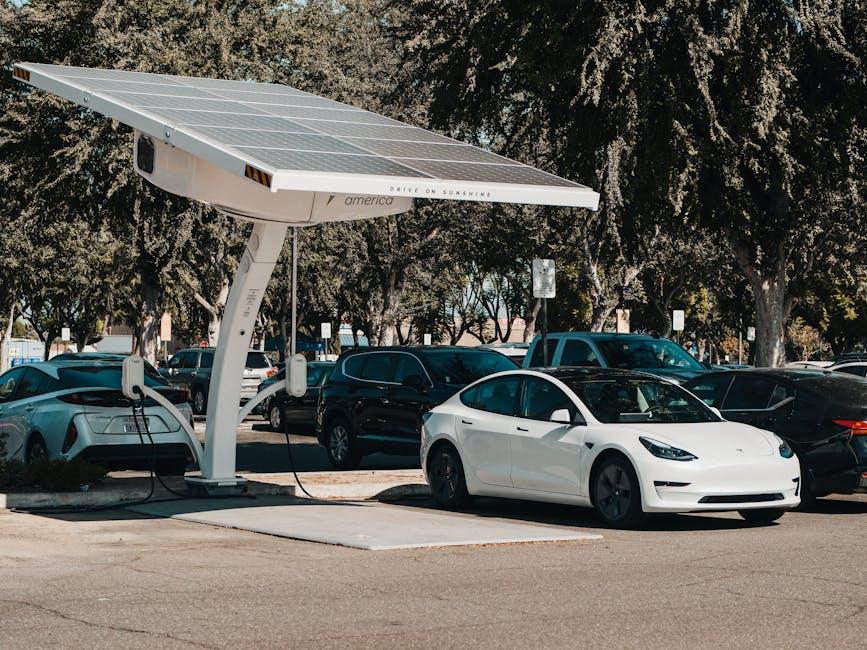
Step-by-Step Guide to Properly Recycle or Dispose of Your Battery
Start by preparing your old car battery for disposal by wearing protective gloves and eyewear—safety first! Carefully remove the battery from your vehicle, avoiding any spills or leaks. Store the battery upright in a sturdy, non-metal container to prevent corrosion or acid leakage during transport. Remember to avoid placing it near heat sources or in direct sunlight. Once ready, locate a certified recycling center or automotive shop that accepts used batteries; many offer free disposal services. Taking this responsible step not only protects the environment but also supports the recycling of valuable materials like lead and plastic.
When you arrive at the drop-off point, staff may inspect your battery to ensure it’s handled properly. In some cases, you might need to complete a brief form or provide basic information. To help you visualize the disposal process, here’s a quick reference table for common drop-off locations and their features:
| Location Type | Accepts Old Batteries | Additional Services |
|---|---|---|
| Auto Repair Shops | Yes | Battery Replacement |
| Hazardous Waste Facilities | Yes | Household Hazardous Disposal |
| Retail Automotive Stores | Often | Discounts on New Batteries |
| Municipal Recycling Centers | Usually | Community Recycling Programs |

Tips to Prevent Accidental Leaks and Environmental Contamination
To avoid unexpected spills and minimize hazards, always handle old car batteries with care. Use protective gloves and safety goggles before touching the battery, as acid leaks can cause burns. Store the battery in an upright position on a sturdy, non-porous surface to prevent acid seepage. Using a sealed, acid-resistant container or a plastic battery case can provide an additional layer of security during transportation. Keep batteries away from extreme heat or direct sunlight, as temperature fluctuations can increase the risk of leaks or ruptures.
Proper disposal centers often provide specific guidelines on battery handling, but incorporating a few practical habits at home can improve safety dramatically. Here are some key actions to keep in mind:
- Inspect regularly for cracks, corrosion, or swelling before moving the battery.
- Do not mix old batteries with household trash or other chemical waste to avoid dangerous reactions.
- Place absorbent materials, like baking soda powder, nearby during handling; they can neutralize spilled acid effectively.
- Label the storage container clearly if the battery needs temporary holding.
| Potential Risk | Preventive Measure |
|---|---|
| Acid spills | Use acid-resistant containers and gloves |
| Corrosion buildup | Inspect and clean terminals carefully |
| Fire hazard | Avoid exposure to extreme heat or sparks |
Q&A
Q&A: How to Dispose of an Old Car Battery Safely
Q1: Why is it important to dispose of an old car battery properly?
A1: Car batteries contain hazardous materials like lead and acid, which are harmful to the environment and human health if leaked. Proper disposal prevents soil and water contamination and ensures these materials are recycled safely.
Q2: Can I just throw my old car battery in the regular trash?
A2: No. Old car batteries are classified as hazardous waste and should never be discarded with regular household trash. Doing so can cause fires, environmental pollution, and legal penalties.
Q3: What are the safest ways to dispose of an old car battery?
A3: The safest options include taking the battery to a certified recycling center, returning it to the retailer when purchasing a new battery, or dropping it off at hazardous waste collection events organized by local authorities.
Q4: Are there any incentives for recycling car batteries?
A4: Yes, many retailers and recycling centers offer cash or store credit when you turn in an old battery. These incentives encourage responsible recycling and help cover disposal costs.
Q5: How should I handle the battery before disposal?
A5: Wear protective gloves and goggles when handling to avoid acid burns. Keep the battery upright and place it in a sturdy, leak-proof container during transport to prevent spills.
Q6: What happens to car batteries after they are recycled?
A6: Recycled batteries are broken down to recover lead, plastic, and acid. These materials are purified and reused to manufacture new batteries or other products, minimizing environmental impact.
Q7: Can old car batteries be reused or refurbished?
A7: Some car batteries can be refurbished, but most recycling centers prioritize material recovery due to safety concerns. Refurbishing requires specialized equipment and expertise.
Q8: Where can I find local recycling centers for car batteries?
A8: You can check with your local government’s waste disposal department, automotive stores, or online recycling databases to find nearby facilities accepting car batteries.
By following these guidelines, you ensure that your old car battery is disposed of responsibly, protecting both the planet and future generations.
Key Takeaways
Disposing of an old car battery safely is more than just a responsible choice—it’s a small act that speaks volumes about our respect for the environment and future generations. By taking the time to follow proper disposal methods, you’re not only preventing harmful chemicals from seeping into the earth but also contributing to the valuable cycle of recycling materials. So next time your car battery calls it quits, let it be a reminder that even the smallest steps toward safety and sustainability can spark a cleaner, greener road ahead.


5 Comments
4ecdgx
4ecdgx
288erv
2mp0y7
tmputa